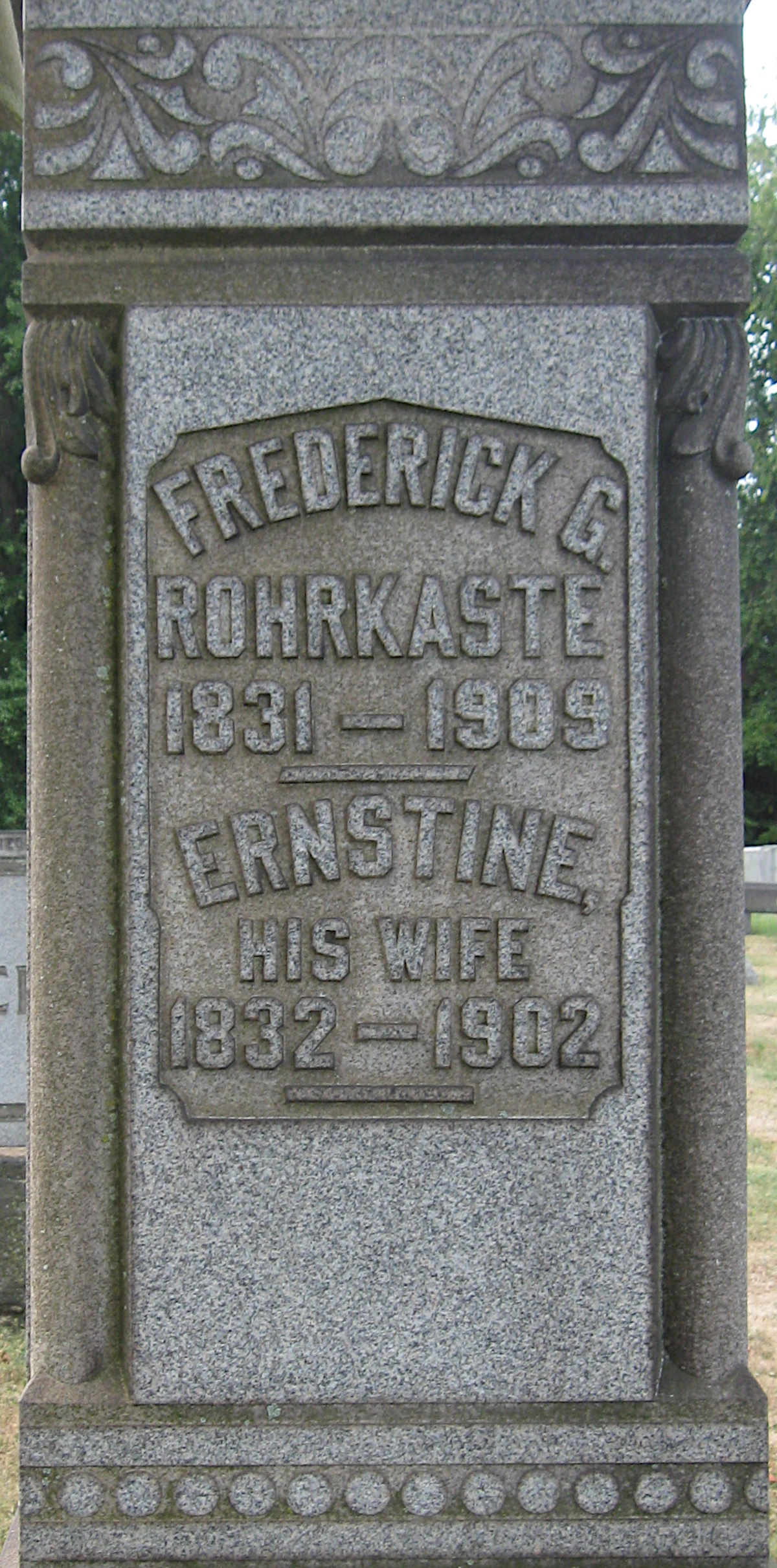
This is an absolutely immense pointy thing; one site claims it’s a hundred feet tall. That is surprising enough in a little German Catholic cemetery in the middle of a city neighborhood, but the bigger surprise is that nobody is buried here. According to this page, the Winter Bros., Bavarian immigrants who founded a successful brewery on the South Side, bought this plot in 1889 and put up this towering obelisk, and then went and died somewhere else. Each of the three brothers has his name inscribed on one side of the obelisk: Michael, Wolfgang, and Alois.















